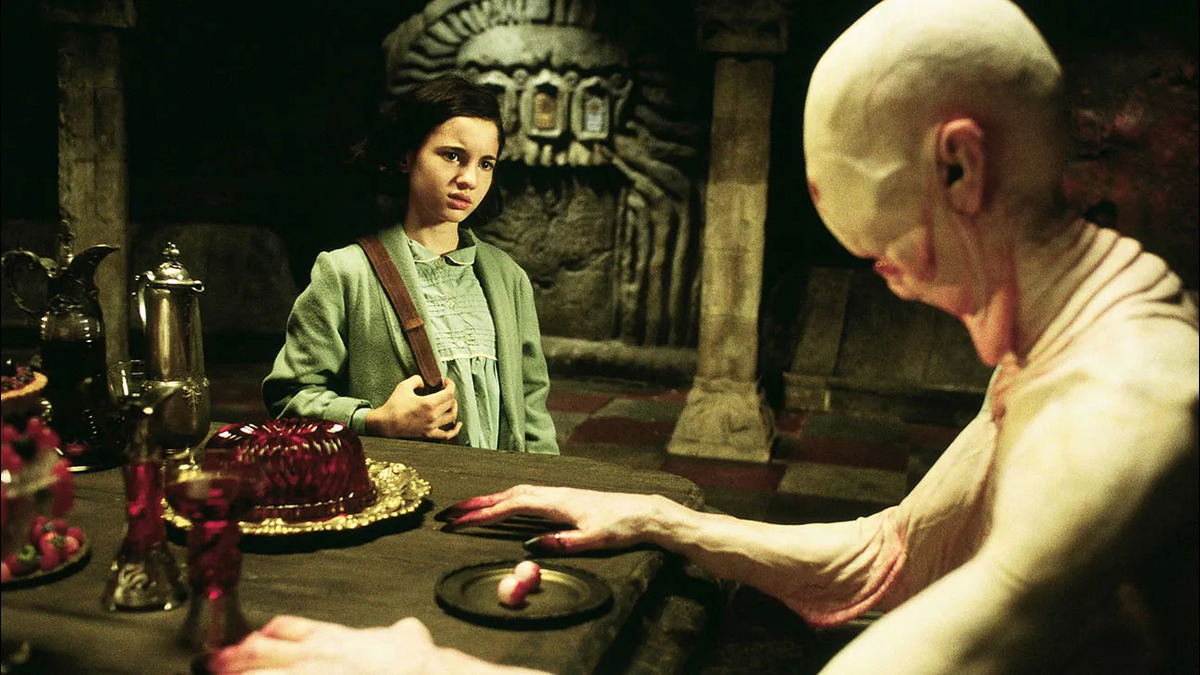This Guillermo Del Toro film remains one of the best dark fantasy movies of all time

Guillermo Del Toro is revered as one of the finest auteurs of the 21st century, and only a few will argue that the 2006 dark-fantasy film Pan’s Labyrinth is one of the best, if not his best work.
Set in Spain in 1944 during the early Francoist period and the Spanish Civil War, the movie dives into multiple themes, intertwining history with fantastical elements. Due to the heavy use of magical realism at different points in the film, it tends to leave audiences confused regarding the movie’s core message. What’s it really all about?
Spoilers to Pan’s Labyrinth follow!
Towards the end of the film, Ofelia clutches her younger brother in her arms and runs towards the labyrinth with a better future for herself and him in mind while desperately trying to escape the clutches of her stepfather, Captain Vidal. She comes face-to-face with the Faun, who asks her to shed a drop of the baby’s blood, to which Ofelia objects. During their conflict, Vidal arrives and takes the child from her, shooting her in the process. But the captain doesn’t last long either, as he is shot by the rebels, with Mercedes, Ofelia’s surrogate mother, of sorts, snatching the baby away from him.
Meanwhile, Ofelia is shown to enter a room with a golden throne in it, where she is greeted by the Faun as “Your Highness.” The Faun reveals to Ofelia that she passed the final test by refusing to draw blood from her younger brother, and she is escorted towards the throne, uniting with her mother, Carmen, the Queen of the Underworld, and her father. In the epilogue, it is revealed that Ofelia, a.k.a. Princess Moanna, ruled the Underworld for many centuries after her ordeal with Vidal, while the rebels are shown mourning the real Ofelia, who lies dead in the labyrinth.
The ending provides two perspectives, both completely differing from each other. While the Underworld arc establishes the film’s conclusion as the proverbial “happy ending,” the reality is more gruesome and melancholic, as it results in Ofelia’s mortal death. From an objective point of view, she had a very difficult life from a young age, and the Faun’s story about her being the Princess of the Underworld is her only ticket to freedom. However, she perishes before realizing her dream, which gives the film an extremely dark undertone and emphasizes that the real world rarely has happy endings, only fantasy worlds do.
Have a tip we should know? tips@themarysue.com